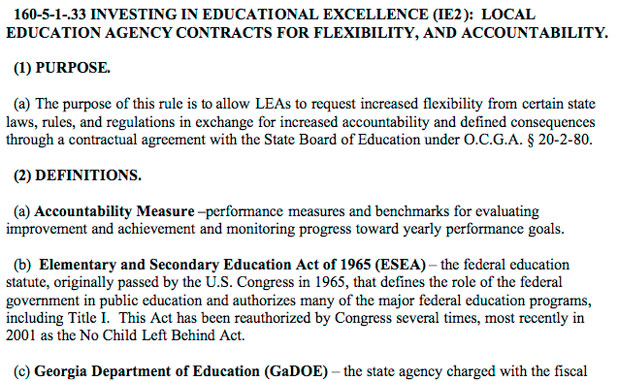No charter school system and no status quo, the Fayette County Board of Education decided March 16.
Instead, the school board voted to issue a letter of intent to pursue what’s known as IE2, one of three operational models being required for the future by the Georgia Department of Education.
Superintendent Jody Barrow said the school system will begin work to address elements of the IE2 contract and will hold another public meeting at a later date.
At the 6 p.m. public meeting to address the three models, fewer than a dozen people attended and of that number, only one person in attendance was not affiliated with the school system. The remainder were school system employees or student teachers.
Each of Georgia’s school districts has until June 30 to notify the state which model it will operate. Districts can chose to stay as a status quo system, which includes virtually no waivers on issues such as class size, or they can choose to operate as an Investing in Education Excellence (IE2) system or as a charter system.
The IE2 and charter models are called flexibility models to improve students’ achievement since both provide flexibility in matters involving issues such as expenditure control and class sizes.
Both IE2 and charter system contracts with the Ga. Dept. of Education are multi-year and have two main components.
One component involves academic and other targets to which the school district is committed. The other component deals with waivers granted by the state school board.
In terms of accountability, an IE2 system requires specified minimum academic targets each year for each school but it does not include a requirement for school-level governance.
Schools demonstrating a trend of improvement and meeting the equivalent of three years of targeted improvement (within the College and Career Ready Performance Index, or CCRPI, academic progress model) by the end of the contract will be deemed as meeting the accountability requirements of the contract.
Schools failing to meet the CCRPI target may receive a “second look” by the state.
IE2 system can receive waivers and must include at least one waiver from a list that includes class size, expenditure control, employee certification or salary schedule requirements.
If one or more schools in an IE2 system at the end of the contract period fails to meet the requirements, that system could 1) be made to revert to a charter system with independent school-level governance and a governance board with strong parent involvement, 2) be operated by a successful school system or 3) be operated by a private entity, whether for profit or nonprofit.
The failure of a school to meet IE2 requirements could also be required to make a variety of other changes and be subject to a number of remedial actions.
As it stands now, 49 school systems around the state have been approved as charter systems or have submitted a letter of intent to do so. Additionally, 24 are approved or have submitted a letter of intent to use the IE2 model. It appears that few, if any, will retain the longstanding model now referred to as “status quo.”
There are other school systems, such as Coweta County, that initially went for the charter system but changed the preference, due to changing criteria, to become an IE2 system.











Leave a Comment
You must be logged in to post a comment.